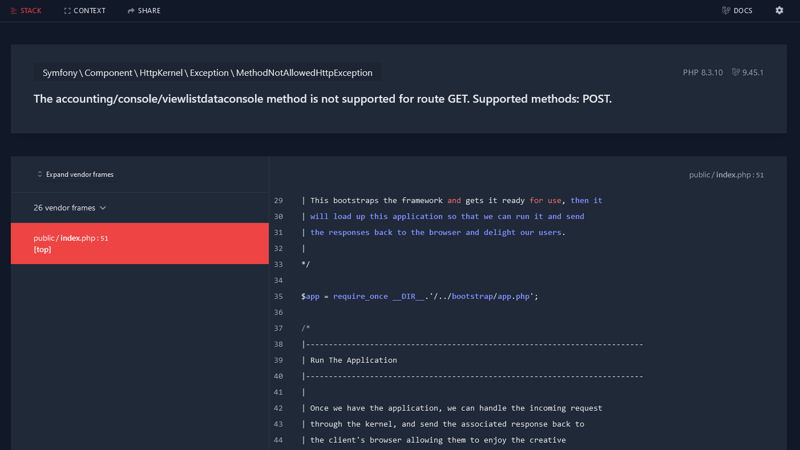Like I said on (insert link here) day 50, much of the bugs in MPS are related to form validation, so it’s fairly easy to fix. I implemented validation in both the frontend and the backend but only in some pages, because sometimes it is just not possible to do both without breaking the apps in some other pages. Let me explain with an example.
In a regular app, controllers for views and business logic are separate, for
example, let’s say we are building a news website. To create the edit feature
for an individual news article, we would have a controller to serve the edit
view in the path /edit with the method GET, which we’ll give it the name
news.edit. Then we’ll have another controller in the same path but with the
method POST to handle the form submission, which we’ll name news.update. in
the controller of the news.update route, we’ll use a validator to validate all
user input. If the validator doesn’t throw an error, the update will be
successful then the user will be redirected from news.update to news.edit.
If the update doesn’t succeed however, the validator will redirect back to the
previous route (which is news.edit) which can display relevant errors.
But in MPS, most pages are handled like this:
- a route for the initial edit page,
resource.editand - another route
resource.editviewthat only accepts aPOSTmethod that directly serves the page, and it doesn’t redirect toresource.edit.
There’s one not very obvious problem with this approach: let’s say the user
inputs a field with the wrong format that gets caught by the form request
validator. The default behavior of the validator is to redirect back to the
previous route with the GET method, which only accepts POST. This method
mismatch obviously triggers an error and breaks the app.

For now I just went with a bandaid solution, which is to handle validation on the frontend to prevent users from making the request in the first place. I know it’s not optimal, so before doing anything serious I’ll discuss it with sir Adit. Hopefully he agrees to let me refactor the pages and use the established pattern.